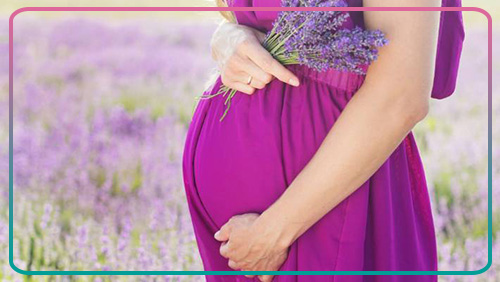Egg donation is a process in which a fertile woman donates an egg, or oocyte, to another woman to help her conceive. It is a part of assisted reproductive technology, or ART.
The procedure typically involves a doctor removing an egg or eggs from the donor, fertilizing them in a laboratory, and then transferring the resulting embryos into the recipient’s uterus. Doctors do this using an implantation procedure, such as in vitro fertilization (IVF).
Sometimes, specialists at the facility may freeze some or all of the embryos for later use or implantation in different women.
Egg donation frequently benefits women who cannot use their own eggs for various reasons, including ovarian failure, avoiding congenital anomalies in the fetus, or advanced age.
One 2014 entry in the journal Fertility and Sterility suggested that 93 percentTrusted Source of all fertility centers in the United States offer egg donation. The same study indicates that the procedure results in a successful birth 49.4–50 percent of the time.
In this article, we look at the criteria for selecting donors, the procedure itself, and legal ramifications following an egg donation.

The clinic will conduct a thorough selection process for potential donors.
Specialists at the fertility facility will conduct an intensive selection process to find a suitable donor and will carefully run through the legal procedures.
Before starting the procedure, most donors will need to take medication that stops their normal menstrual cycle.
Side effects of this medication might include:
- hot flashes
- headache
- fatigue
- body aches
The donor will then take a series of fertility drugs that stimulate the ovaries to produce several eggs at once. This is known as hyperstimulation. Donors will need to self-administer this medication by injecting it under their skin or into a muscle.
Some women may experience mild side effects, such as bruising at the injection site, mood swings, and tender breasts. In rare cases, a woman may develop severe ovarian hyperstimulation syndrome (OHSS). This occurs when too many eggs develop in the ovaries. Women who develop OHSS may require hospitalization.
Donors do have a risk of pregnancy before the eggs are retrieved, so it is a good idea to avoid intercourse or use a barrier contraceptive, such as a condom.
Throughout the donation cycle, a donor will undergo frequent blood tests and ultrasound examinations to monitor their reactions to the medications.
During extraction
Shortly before the retrieval of the eggs, the donor will receive a final injection in preparation for the procedure.
The doctor will perform a transvaginal ovarian aspiration to remove the eggs from the donor’s ovaries. They will insert an ultrasound probe into the vagina and use a needle to remove the egg from each follicle.
During the procedure, which lasts around 30 minutes, the doctor might give the donor painkillers, sedatives, or an anesthetic.
As this is a minor procedure, a donor will not need to stay at the clinic or hospital overnight.
After donation
Some women find they need several days of rest to recover from the transvaginal ovarian aspiration. Others return to normal activities the next day.
Some programs provide aftercare to donors, but others do not. As the egg donation process can have a psychological impact, some women may find it useful to work with a counselor or psychotherapist after the procedure.
- ۰ نظر
- 01 July 21 ، 20:48
- ۱۷۵ نمایش




